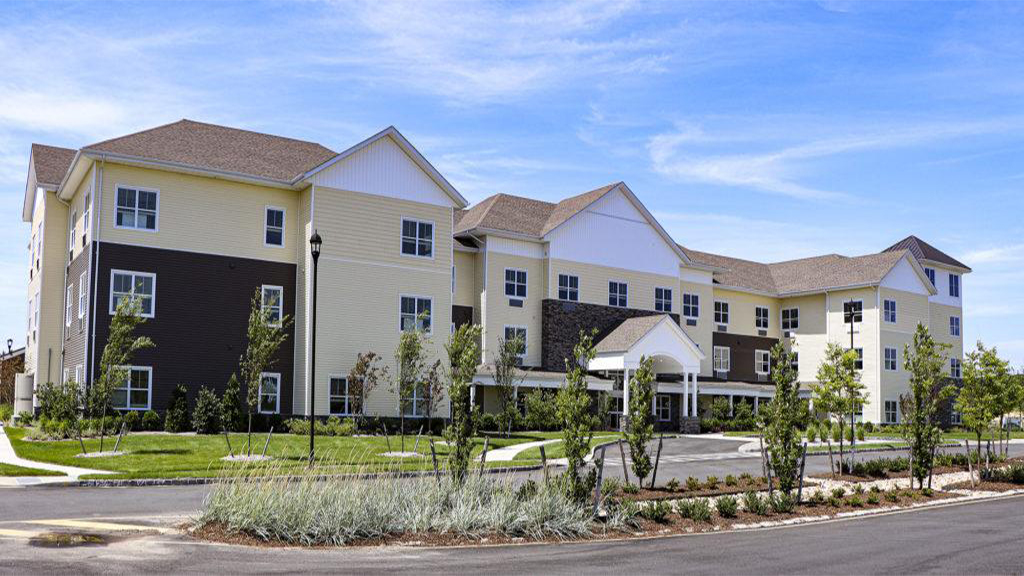Premier Independent Living in Brookhaven Suffolk County
Assisted Living Locators Long Island is proud to offer exceptional independent living services in Brookhaven, Suffolk County, NY. Our independent living communities are designed to provide active seniors with a vibrant, maintenance-free lifestyle in a supportive and engaging environment. Whether you’re looking to downsize or simply want to enjoy a more relaxed pace of life, our communities in Brookhaven offer the perfect blend of independence and convenience.
What Is Independent Living?
Independent living is an ideal option for seniors who are able to live on their own but prefer the ease and amenities of a retirement community. These communities offer a range of services and activities designed to enrich residents’ lives, allowing them to pursue their interests, make new friends, and enjoy their retirement years to the fullest.
Independent Living Communities in Brookhaven
Brookhaven, located in Suffolk County, Long Island, is home to several premier independent living communities. These communities provide spacious apartments or cottages, gourmet dining, and a variety of social and recreational activities, all within a safe and welcoming environment. Residents can enjoy their independence while also having access to a supportive network of peers and staff.
Benefits of Independent Living in Brookhaven Suffolk County
Choosing independent living in Brookhaven Suffolk County, comes with numerous benefits:
- Maintenance-Free Lifestyle: Say goodbye to home maintenance, yard work, and household chores. Our independent living communities take care of these tasks, allowing you to focus on what truly matters.
- Social Opportunities: Enjoy a vibrant social life with a variety of planned activities, events, and outings. From fitness classes to cultural excursions, there’s always something to do and new people to meet.
- Convenient Amenities: Our independent living communities offer a wide range of amenities, including on-site dining, fitness centers, swimming pools, and more, making it easy to stay active and engaged.
- Safety and Security: Live with peace of mind knowing that our communities are designed with safety and security in mind. Residents benefit from 24-hour security and emergency response systems.

Life in Brookhaven, Suffolk County
Brookhaven is a picturesque town in Suffolk County, Long Island, known for its beautiful parks, charming villages, and rich history. Independent living in Brookhaven allows residents to enjoy all the town has to offer, from scenic nature trails to quaint local shops and restaurants. The town’s location on Long Island provides easy access to nearby beaches, golf courses, and cultural attractions, making it an ideal place for retirees to call home.
Why Choose Independent Living in Brookhaven Suffolk County?
Choosing independent living in Brookhaven Suffolk County, means embracing a lifestyle that values independence, community, and well-being. Our communities are dedicated to providing a high quality of life for seniors, with personalized services that cater to individual needs and preferences. Whether you’re seeking an active lifestyle filled with social opportunities or simply want a peaceful place to relax and enjoy your retirement, Brookhaven offers the perfect setting.
Conclusion
Assisted Living Locators Long Island is committed to helping seniors find the ideal independent living community in Brookhaven, Suffolk County. Our communities offer a maintenance-free lifestyle, a wide range of amenities, and a supportive environment where you can thrive.
For more information on independent living options in Brookhaven, Suffolk County, visit Assisted Living Locators Long Island.
Make the most of your retirement years by choosing independent living in Brookhaven, Suffolk County, where you can enjoy a vibrant community, convenient amenities, and the freedom to live life on your terms.
